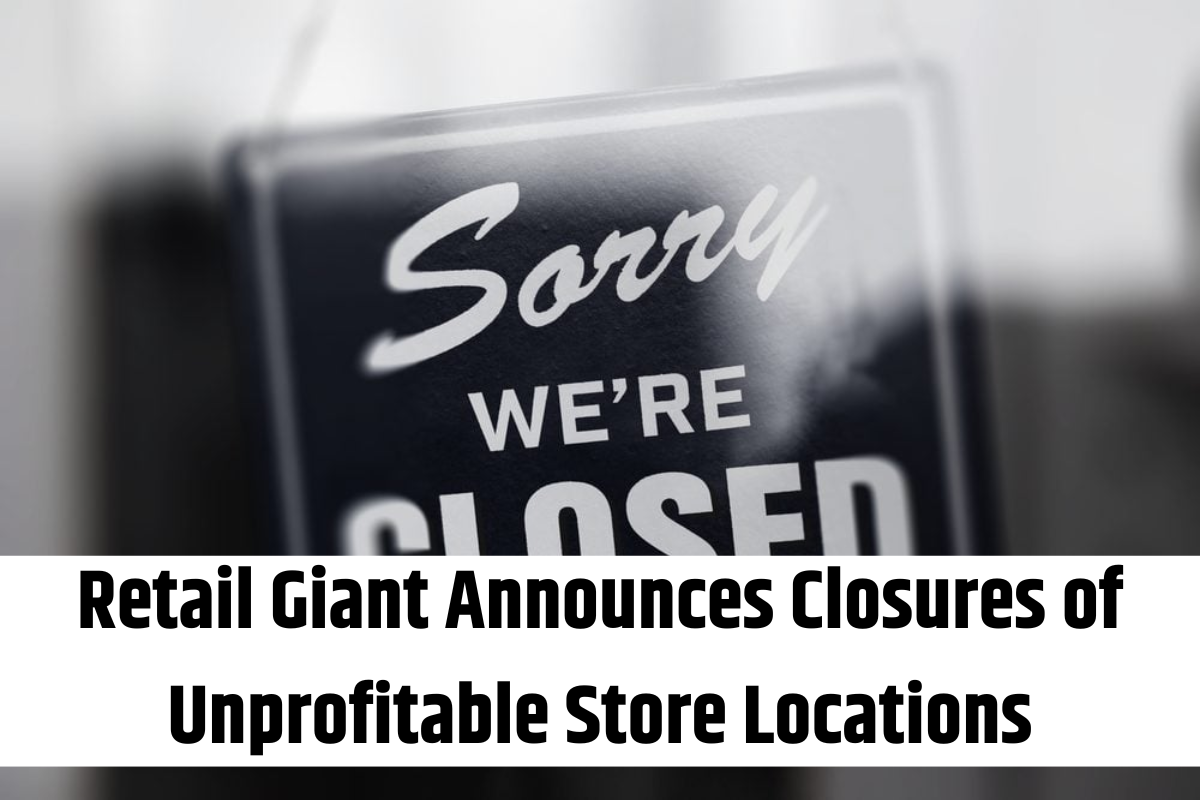
The retail sector has experienced a sharp downturn over the past two years, reversing the recovery it saw following the COVID-19 pandemic. In 2020, retailers were forced to shut down operations or limit in-store capacity, leading to nearly 9,700 store closures, according to Coresight Research.
While 2021 and 2022 saw a temporary rebound—with closures dropping to 5,230 and 1,680 locations, respectively—economic challenges resurfaced in 2023. Rising interest rates and inflation significantly increased operating costs, forcing many businesses to restructure debt or shutter underperforming stores. By the end of 2023, store closures climbed back up to 4,070.
The situation worsened in 2024, with 7,325 retail locations shutting down—the highest total since 2020, per Coresight Research. Looking ahead, the firm predicts an even more dramatic spike, estimating that as many as 15,000 store closures could occur by the end of 2025.
Major Retail Chains Announce Closures for 2025
Several major retailers have already announced sweeping shutdowns for 2025. Party City, which filed for bankruptcy in late 2024, plans to close all of its stores by February 28, shedding 700 leases across 45 states. Meanwhile, craft retailer Joann is set to shut down 500 locations following an announcement on February 12.
With financial pressures mounting, additional closures are expected throughout the year as companies work to streamline operations and cut costs.
Kirkland’s to Shut Down Underperforming Stores
Joining the list of retailers making strategic changes, home décor and furnishings company Kirkland’s (KIRK) revealed plans on February 18 to close or restructure around 6% of its 317 stores across 35 states. The move is part of an effort to strengthen profitability and optimize its retail footprint.
CEO Amy Sullivan highlighted the company’s progress in stabilizing its business, noting that store sales have shown consistent growth. However, she emphasized the need to improve financial performance further. “As we enter our next chapter with new assets through our partnership with Beyond, Inc., we are positioned to leverage our collective family of brands as we drive towards our path to profitability,” Sullivan stated.
Kirkland’s Expands E-Commerce and Private Label Strategy
Beyond physical store closures, Kirkland’s is focusing on enhancing its e-commerce platform to boost online sales. The company acknowledged that its digital presence has been underperforming and will collaborate with Beyond, Inc. to revamp the online shopping experience.
Additionally, Kirkland’s plans to refine its inventory strategy by discontinuing low-margin SKUs and expanding its private-label offerings. Its Kirkland Home brand will be integrated into Bed Bath & Beyond stores, while its e-commerce division will broaden its selection of furniture, patio items, and rugs across multiple marketplaces, including Overstock.
Kirkland’s Reports Declining Sales but Positive Net Income
According to preliminary financial results, Kirkland’s expects fourth-quarter 2024 net sales to decline by 0.6% year-over-year to $148 million. Despite this, the company anticipates a net income of $7.9 million, signaling some financial stability amid ongoing restructuring efforts.
As the retail sector faces continued volatility, companies like Kirkland’s are navigating a challenging environment by adapting their business models. Whether these strategies will be enough to withstand the economic pressures ahead remains to be seen.




